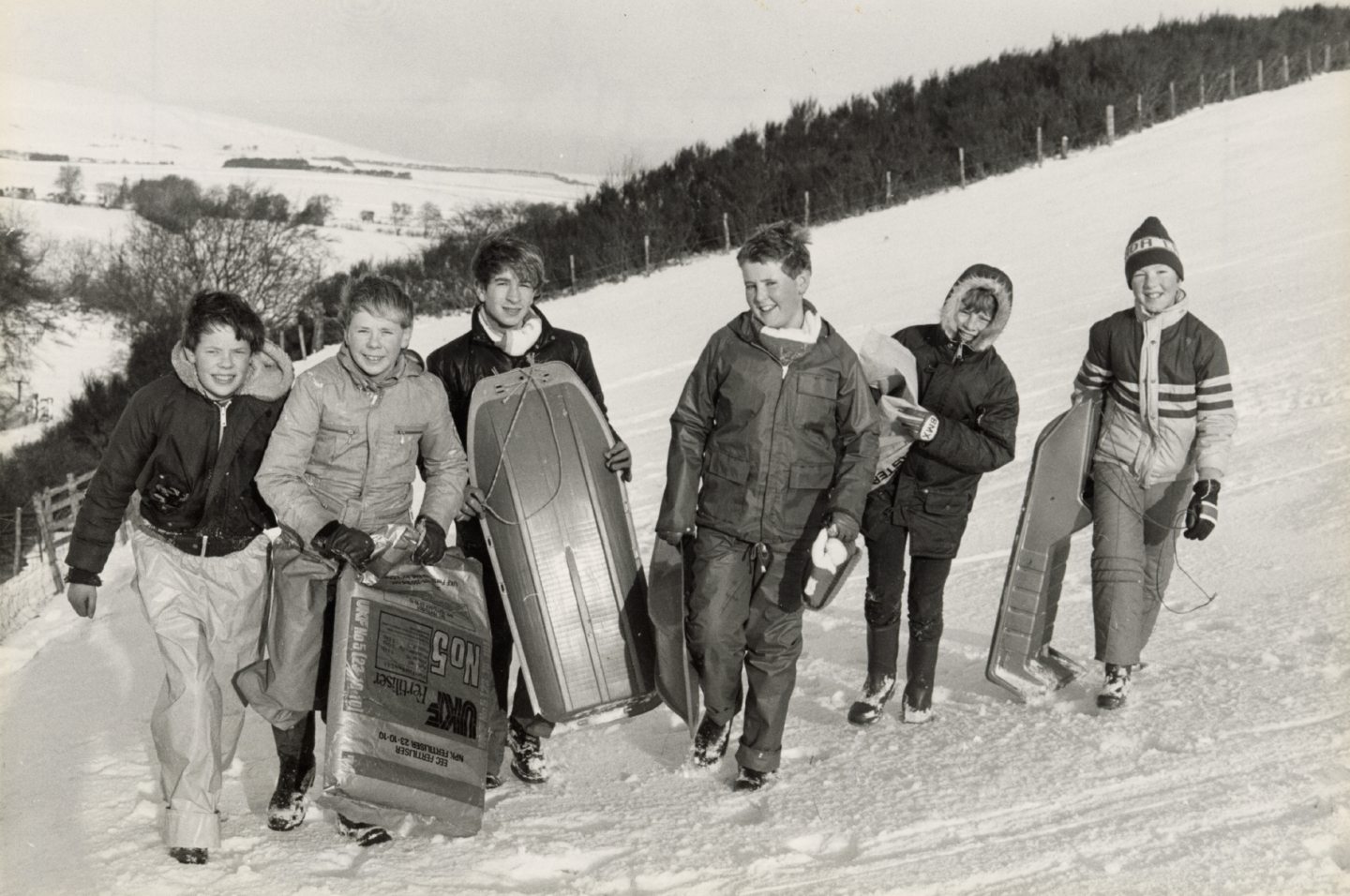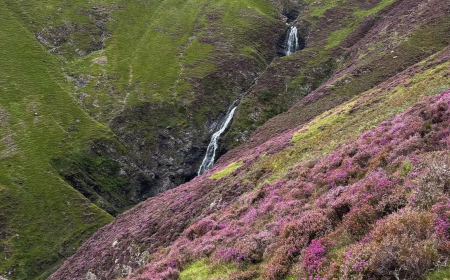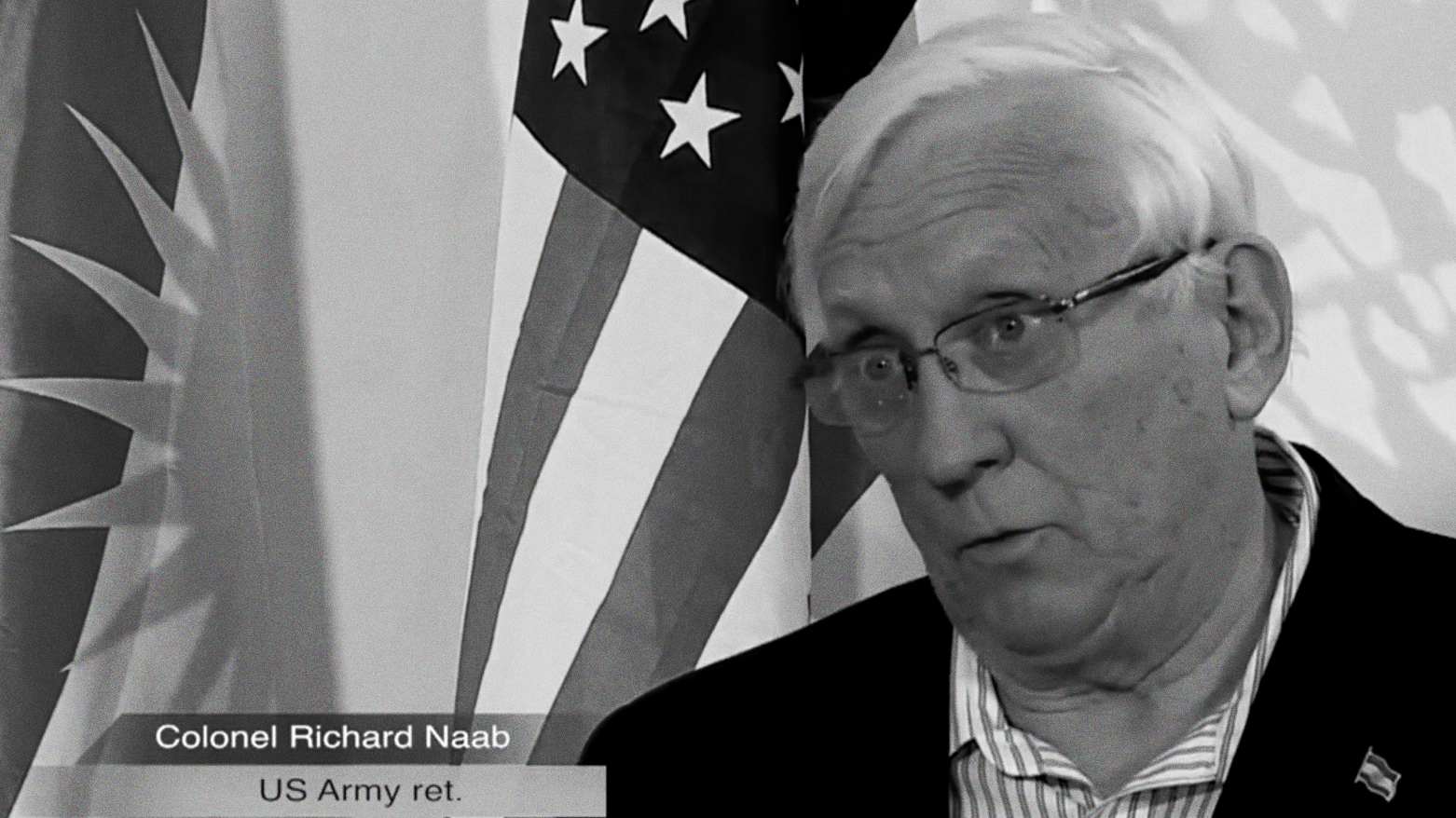Moorland wildfires set off WW2 bombs, blocking efforts to contain blaze
More than 18 buried shells have detonated since mid-August as blaze continues to spread across the North York Moors

Firefighters tackling a raging moorland wildfire in the North York Moors National Park have been hindered by exploding Second World War bombs and tank shells.
Since Aug 11, a blaze has been raging on Langdale Moor, close to the RAF Fylingdales early warning station, and now covers an area of around 10 square miles.
Aerial footage taken by the North York Moors Moorland Organisation shows flames spreading rapidly across the moorland, producing huge clouds of smoke. It also captured the scorched and blackened earth that has been left behind.
George Winn-Darley, 59, who manages a moorland estate that has so far remained untouched by the wildfires, said one of his farmhands had been standing just 50 metres from a bomb when it exploded.
He said flying shrapnel had narrowly missed the worker, who was not injured but had been left “shaken”, adding: “There was metal and bits of shrapnel that flew about 100 metres into the air.”
Jonathan Dyson, the chief fire officer of North Yorkshire Fire and Rescue Service, said the blaze had “more than doubled in 24 hours” following the weekend because of a change in the wind and temperature.
He said it had spread to an area that was used as a tank training ground in the 1940s and had burned down through the peat to reach buried unexploded munitions.
There have now been more than 18 ordnance explosions “of various sizes” on the moorland, he confirmed at a press briefing on Wednesday.
Mr Dyson said the unexploded bombs posed a “significant challenge” to firefighters, adding: “Understandably, our firefighting tactics can only be defensive in those areas. Therefore, where we cannot deploy firefighters directly into the scene, we deploy them into other areas to try and prevent the spread as it moves across.”
The fire service has worked with the Ministry of Defence (MoD) to remove munitions where possible, he added.
Moorland mortar shells
In the past few days, the fire has spread rapidly to the north and north-west, with 10 appliances and 60 firefighters working to stop the spread.
Mr Dyson has appealed to the Fire and Rescue National Resilience programme, which provides specialist capabilities, personnel and resources during large-scale or critical incidents, for further help.
He said the help would consist of up to 10 appliances from other fire services in England, and was expected to arrive shortly.
Mr Winn-Darley is used to finding .303 rifle bullets and parts of mortar shells on the moorland – both of which are relatively harmless – but said the bombs now exploding had likely been fired by a tank or heavy artillery gun and buried deep underground.
He criticised the MoD for failing to remove the dangerous munitions over the past 80 years, telling The Telegraph: “They can’t claim they haven’t had the time. What they haven’t had is the will.”
North Yorkshire Police has previously urged drivers not to ignore road closures put in place for their safety.
In a message on social media, the force said: “We have received a number of reports of motorists ignoring these closures. This is hampering the response to the fire and putting the motorists and other people at risk.
“Please plan your journey taking these closures into account, it is vital that you do not ignore them and do your bit to allow the emergency services to focus on the fire for everyone’s safety – including yours.”
An MoD spokesman said: “Various WW2-era unexploded ordnance items were discovered as a result of the wildfires, which the EOD [Explosive Ordnance Disposal] operator declared to be inert practice projectiles. They were retrieved for subsequent disposal.
“The team remain on standby to further assist North Yorkshire Police and North Yorkshire Fire and Rescue Service.”
[Source: Daily Telegraph]




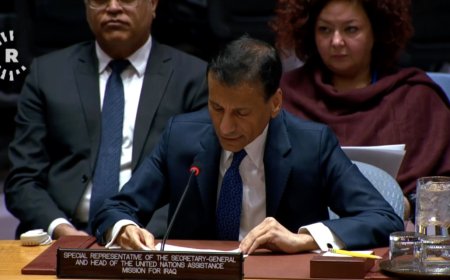









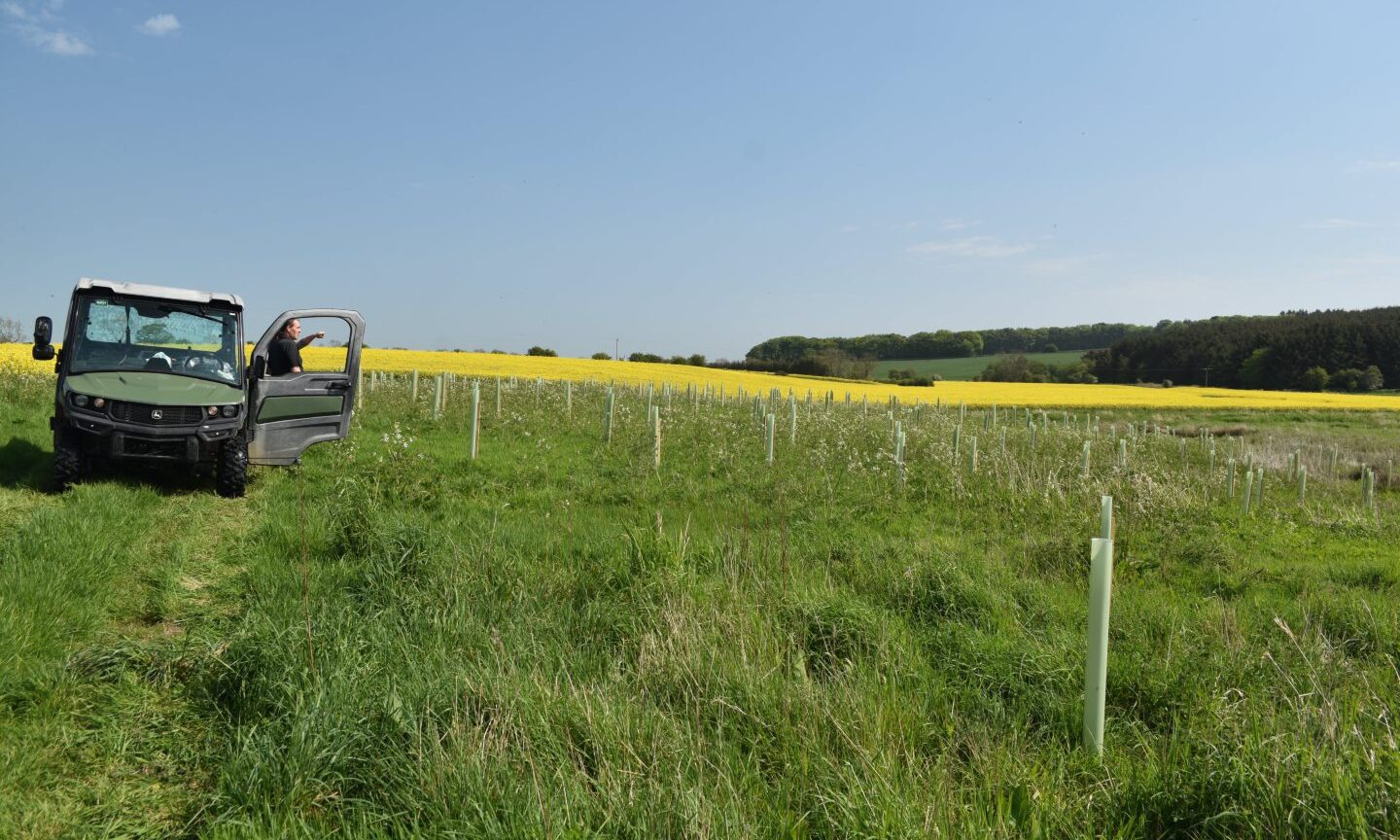





/file/attachments/orphans/1000146612_845134.jpg)









